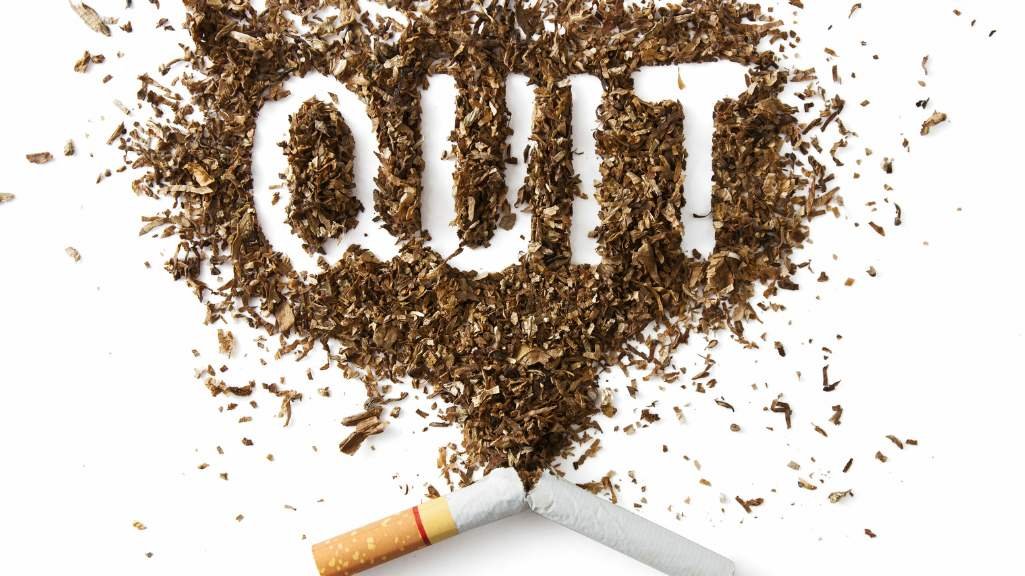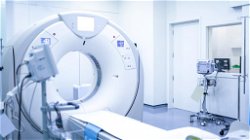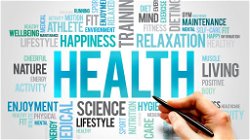Health Risks of Smoking and Natural Remedies for Quitting
Vikash Jain
. 2 min read
Nicotine, a highly addictive substance present in the tobacco plant, can be found in all tobacco products and certain e-cigarette liquids. Random chat: Oh, by the way, did you know that nicotine can also be synthesized in laboratories using chemical processes? Interesting, right? Moving on, it's important to note that smoking cigarettes substantially increases the risk of developing and dying from various diseases compared to non-smokers.

Cancer of the Lung and other Lung Diseases
Tobacco use is the leading contributor to fatal cases of lung cancer. Additionally, smoking contributes to the development of lung diseases like emphysema and chronic bronchitis. In addition, asthma symptoms are made worse by smoking. Other types of cancers The risk of developing many different kinds of cancer is raised when a person smokes cigarettes, including cancer of the mouth, throat, esophagus, larynx, bladder, pancreas, kidney, cervix, and some types of leukemia.
Problems with the Heart and the Circulatory System
When a person smokes, their risk of dying from diseases that affect the heart and blood vessels (cardiovascular diseases), such as heart attacks and strokes, increases. If you already have a heart condition or a disease that affects your blood vessels, such as heart failure, smoking can make your condition even worse.
The Connection Between Smoking and Diabetes
Insulin facilitates the entry of blood sugar into cells; however, nicotine alters cells so that they are less responsive to insulin, leading to elevated blood sugar levels. Cigarette smoke contains chemicals that are harmful to the cells in your body and cause inflammation. In addition, this prevents the cells from responding to insulin.
People who don't smoke have a 30% to 40% lower risk of developing type 2 diabetes than those who do smoke, taking everything into consideration. The more you smoke, the greater the potential health consequences.
Signs and Symptoms of Smoking-Related Eye Diseases Include the Following:
- It's possible that you believe your eyes are healthy, but the only way to know for sure is to have a complete eye exam done.
- An eye exam is the most effective way to detect early stages of AMD because, in its early stages, AMD frequently shows no symptoms.
- An ophthalmologist will administer some specialized drops to your eyes in order to dilate your pupils.
- This provides a clearer view of the back of your eye, which contains a relatively thin layer of tissue known as the retina. The retina is responsible for converting light into signals that are sent to the brain.
Natural Remedies You can Make at Home
1. When you feel a craving coming on, eat a small portion of some fruit or vegetables. You could use carrots, grapes, apples, nuts, or any other deliciously wholesome bite-sized snack that you enjoy eating.
2. Stay away from alcoholic beverages because the more you drink, the worse your cravings get. When the withdrawal symptoms have passed, which can take up to two months, drinking won't be as much of a trigger for you.
3. Establish a routine to follow before going to bed. Having a bedtime routine that is well defined will help you improve the quality of your sleep.
4. Get moving during the first month or two after quitting tobacco, increasing the amount of exercise you normally do by just a little bit will help with multiple withdrawal symptoms.
5. Spend time with non-smoking friends and family members. Inform those around you that you have decided to stop smoking so that they can offer you their support and encouragement.
More Stories from
Advancements in Medical Technology: Improving Healthcare Access
Embrace the future of healthcare with these advancements, fostering a more inclusive and accessible healthcare system for all.
Improving Health Literacy: Strategies for Better Health Outcomes
This article discusses the importance of health literacy in healthcare and public health affairs.
Cognitive Enhancers: The Ethics and Implications of Brain-Boosting Drugs
Explore the ethics and implications of cognitive enhancers, also known as "smart drugs," that promise improved cognitive abilities.
The Versatile Guava: A Fruit with a Multitude of Uses
From its delightful taste in culinary creations to its potent health benefits and skincare properties, guava has become a beloved fruit worldwide.
The Role of an Orthopedic Surgeon in Modern Medicine
This article provides an insightful overview of orthopedic surgeons and their significant contributions to modern medicine.










.png?width=40&aspect_ratio=1:1)

